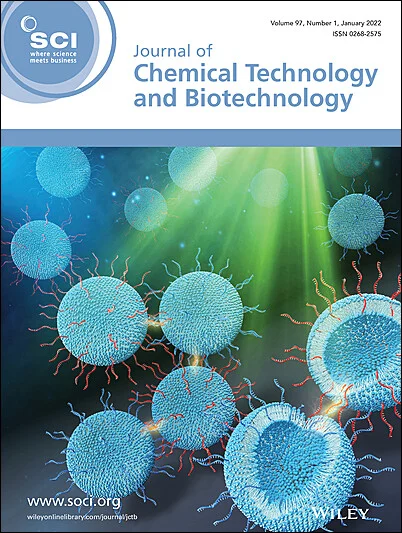Enhancing ultrasound-assisted oxidative desulfurization of fuels using hierarchical metal–organic framework and ordered mesoporous silica composite
Abstract
BACKGROUND
The demand for ultra-clean fuels with sulfur content below 15 ppm has intensified due to increasingly stringent environmental regulations. Traditional hydrodesulfurization methods face limitations in removing refractory sulfur compounds, necessitating the development of efficient alternative approaches. Ultrasound-assisted oxidative desulfurization (UAODS) has emerged as a promising method owing to its mild conditions and high efficiency. In this context, bismuth-based metal–organic frameworks (Bi-MOFs), recognized for their redox properties and structural tunability, were integrated with ordered mesoporous silica (MS) to form a novel hybrid catalyst (Bi-MOF/MS).
RESULTS
This study presents the synthesis and application of a hierarchical Bi-MOF/MS catalyst for UAODS. The catalyst was comprehensively characterized using X-ray diffraction (wide and small-angle), X-ray photoelectron spectroscopy, Brunauer–Emmett–Teller analysis, Fourier transform infrared spectroscopy, and transmission electron microscopy, confirming its high crystallinity, ordered porous structure, and strong Bi-MOF/MS interaction. The effect of operational parameters, including ultrasound power, catalyst dosage, oxidant concentration, reaction temperature, reaction time, and extraction solvents, was systematically evaluated. Under optimized conditions, the Bi-MOF/MS catalyst achieved a sulfur removal efficiency of 97.2%. Kinetic studies and recycling experiments revealed stable performance, with 86.8% desulfurization efficiency retained after five cycles.
CONCLUSION
The integration of ordered MS with hierarchical Bi-MOF enhanced the structural stability, surface area, and synergistic interaction of the composite, leading to excellent catalytic activity and reusability. These findings establish the Bi-MOF/MS hybrid catalyst as a promising candidate for efficient and sustainable production of ultra-low-sulfur fuels. © 2025 Society of Chemical Industry (SCI).




 求助内容:
求助内容: 应助结果提醒方式:
应助结果提醒方式:


